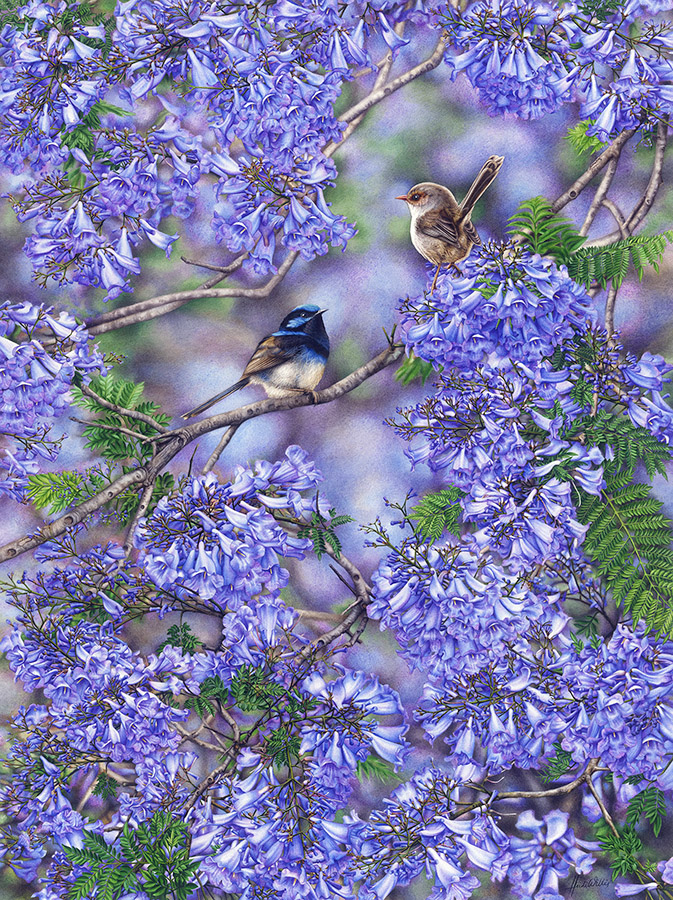
Today we meet Heidi Willis, an Australian artist whose work centers around the beauty of the natural world, from lush and brilliantly colored botanicals to wildlife including birds both large and small that are so lifelike in detail that you expect them to fly off the canvas.
In this interview, Heidi shares about what drew her to the genre of natural history, why she works with watercolor, an inside look at the time and dedication that goes into creating one of her gorgeous pieces, and words of advice for those who have just begun their journey as an artist.
Were you drawn to the genre of natural history, wildlife and botanical art from the very beginning?
Yes, I was. In saying that, I really had no idea what Natural History painting was, nor that it was a genre, I simply tried to paint what I saw and loved in the same way I experienced it, the complexity, relationships of colour, texture, form and fascination, light and beyond. This has taken a lifetime to get close to, but I finally feel I am able to express my experience with nature in a manner that I intended. It was many years into it before I was introduced to formal botanical painting as a clear path and I’ve been captivated ever since.
Your primary medium is watercolor. What drew you to this particular medium?
I am a real purist when it comes to watercolour and I work primarily in transparent pigments, wherever possible at least. What drew me to it initially was economics. I was young, poor, had no workspace and watercolour was simple, affordable and didn’t need much room or planning. I also had small children and constant interruptions, so the medium was ideal for coming and going without waste. Health was also a very real concern, watercolour being relatively less toxic than working in the alternatives at the time. So it was a reverse love affair in fact, wanting to work in oils, but not having the resources. I started where I could, and soon enough it became a very real and deep love affair of its own. It is a diverse and romantic medium that has such a voice and beauty of its own. Since then, there has been very little I couldn’t achieve in the medium, learning to bend the boundaries far and wide to achieve rich, dynamic, dramatic and tender works of art.
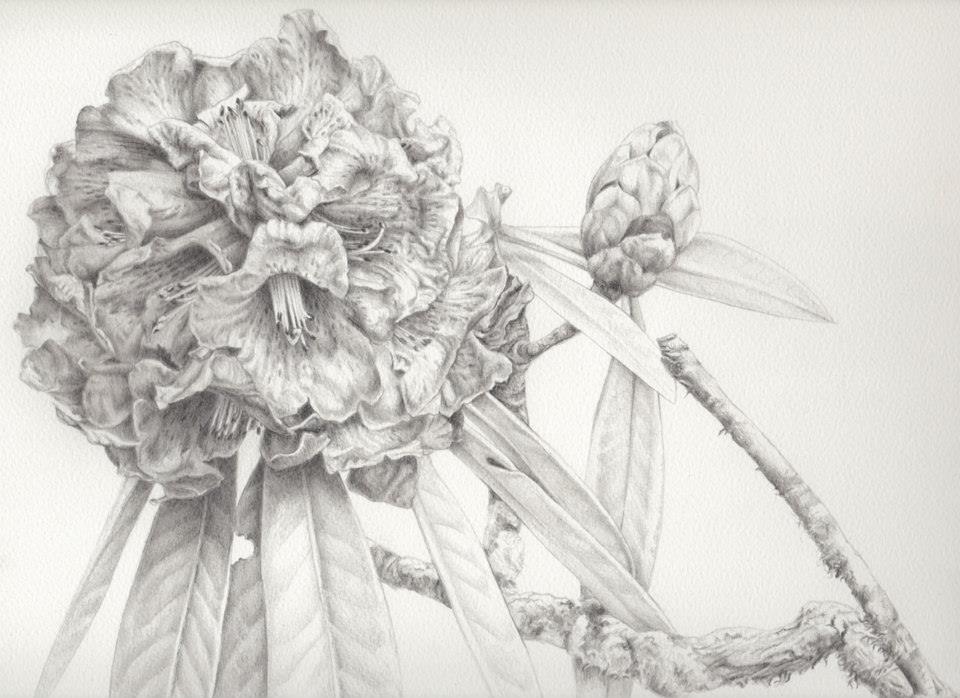
Tell me about the piece you are currently working on.
The piece I have just completed is a large (60x80cms) painting in watercolour exploring the Jacaranda in full flower. The client wanted a cascade of purple flowers just as they are in season, and of course I am the girl for that job! A marathon of a painting, it is a technical, mental, physical and emotional challenge to create, but well worth the attention. What a stunning subject it is and what an honour it has been to capture it in such a large scale. The painting will find its way into many new forms with my clients business for all to enjoy and thats always exciting for me to see, what my work grows to become beyond my hands.
What is a typical day in your studio like?
The past decade or so has been one of intensely working, consisting of painting, briefly eating and sleeping between. At my peak its about 100 hours in a week which has left little time for anything else. For me it has been such a luxury to finally be in a place in my life where I was able to dedicate myself to my studio exactly as I wanted and I wasted not a minute in this pursuit. In the past year I am working a little less, perhaps 80 hours a week, a little more life balance but it is still my focus and primary dedication. I work at home so it is still quite a simple schedule, out of bed, coffee/tea then studio time. Days turn to night pretty damn fast and the weeks cascade away with it in no time. Sleep between. Repeat. Of course a working artists life isn’t all about the studio, or even about painting time, it is also about liaising with various creative teams, framers, printers, manufacturers, media, clients, accounting, quoting, administration and the business side of arts career. For me it is also travel, researching, referencing, photography, writing and field work as well as programming events, teaching masterclasses, maintaining my social media accounts and things like maintaining my website… so it’s a constant schedule. The good thing in this is that it is also many gear changes which has a way of revitalizing you amongst the haste and diversity.
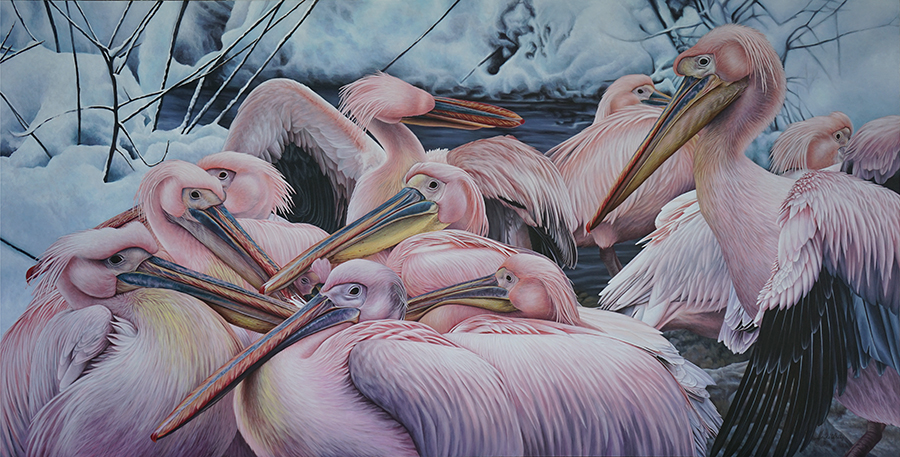
I love how you show the stages of creating a new piece via your Instagram. How long does it take to complete a new piece (ie your pelican painting)?
In the instance of a major work such as the pelicans, I allow 3 solid months of studio time to create a piece like this, but it does extend beyond this many times. They are labours of love that I don’t measure in time, only quality, but the time is considerable. Days, weeks, months is a fair measure even for my smallest works.
What are some of the most intricate botanicals or birds to paint?
Actually they all are. It’s simply a case of the more you look the more you see, and the better you are at rendering, the more intricately you’re able to create the work… it’s a bottomless pit of delight and challenge really. The complexity changes with size and content as well, so simply put… its all intricate work as a botanical artist!
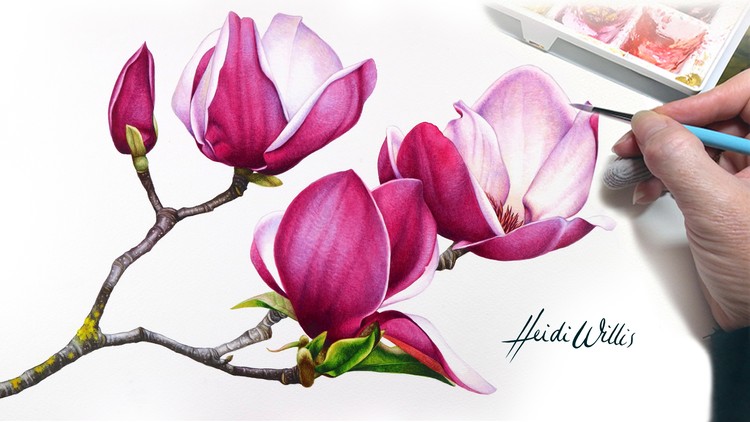
Do you observe the wildlife that you paint in their natural habitats or do you work off of photographs (or a combination of the two)?
Yes, I do. Observation is absolutely critical to the process. So much is absorbed by doing this that comes out in the language of your work that it is key. It’s what sparks the emotional connection between us and our subject that sustains the inspiration and effort to create, and to create a true representation of our subjects. Photography is used and is the prompt to our observations, emotions, recollection and too far more stored within us as a story teller.
In January you taught a class hosted by the Melbourne Calligraphy Society. What was the most rewarding part about the experience?
This is such a beautiful, dedicated, focussed and talented group of people that its a pleasure to be in their company and with their kind of willingness and open heartedness I am able to convey so much knowledge and real learning to them to propel them forwards, its a delight. Seeing them persevere, digest and progress is a wonderful thing. For me teaching is always about the interactions with people, a circuit breaker in my own world and momentum, a new place and energy, a new positive adventure.
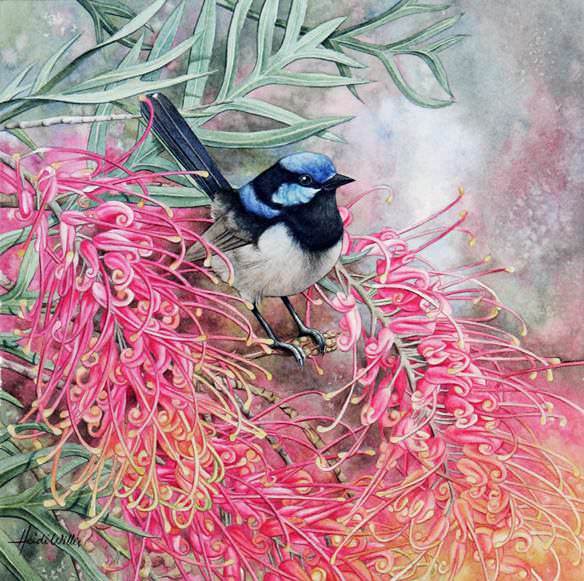
In February you shared the project you illustrated for Poormans Orange gin from Archie Rose. What do you enjoy the most about working on graphic design projects?
Clients like these are so wonderful to work with. Its definitely not a graphic design project for me. I am a natural history artist and illustrator and I don’t take projects on that deviate from the core of my own work as an artist. In the case of Archie Rose for example, they required beautiful orange illustrations which is pure botanical work with an immediate correlation to my work. Mostly clients like these come to me because their project aligns with my work, not me aligning my work to their project, and thats a significant difference to me as an artist as I remain the same artist I always was. The highlights of the work I do for commercial clients is seeing my work grow beyond my hands, seeing the diversity in how my work can be applied, in reach and enjoyed by so many, and being such a part of bringing my clients vision to fruition as they dreamed it to be. It is such a satisfying thrill.
As a self-taught artist, what are your words of advice for those who want to pursue their artistic dreams?
Work hard. Paint what you love. Speak your truest voice. Love what you do. Enjoy the process. Keep being a learner.
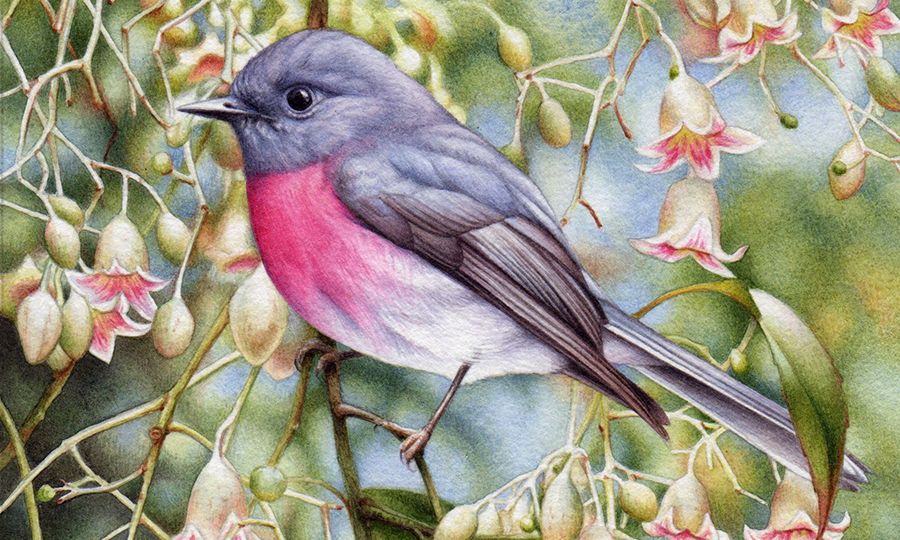
Follow along with Heidi via her website, and see her current works in progress over on Instagram @heidiwillisart
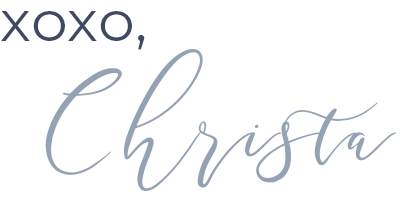
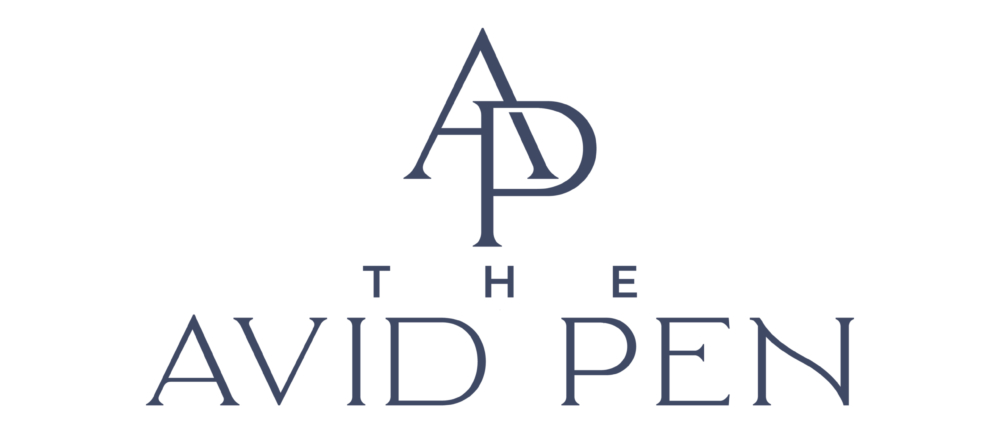

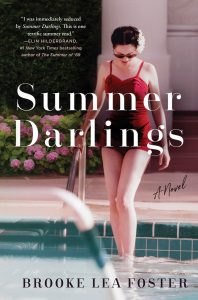
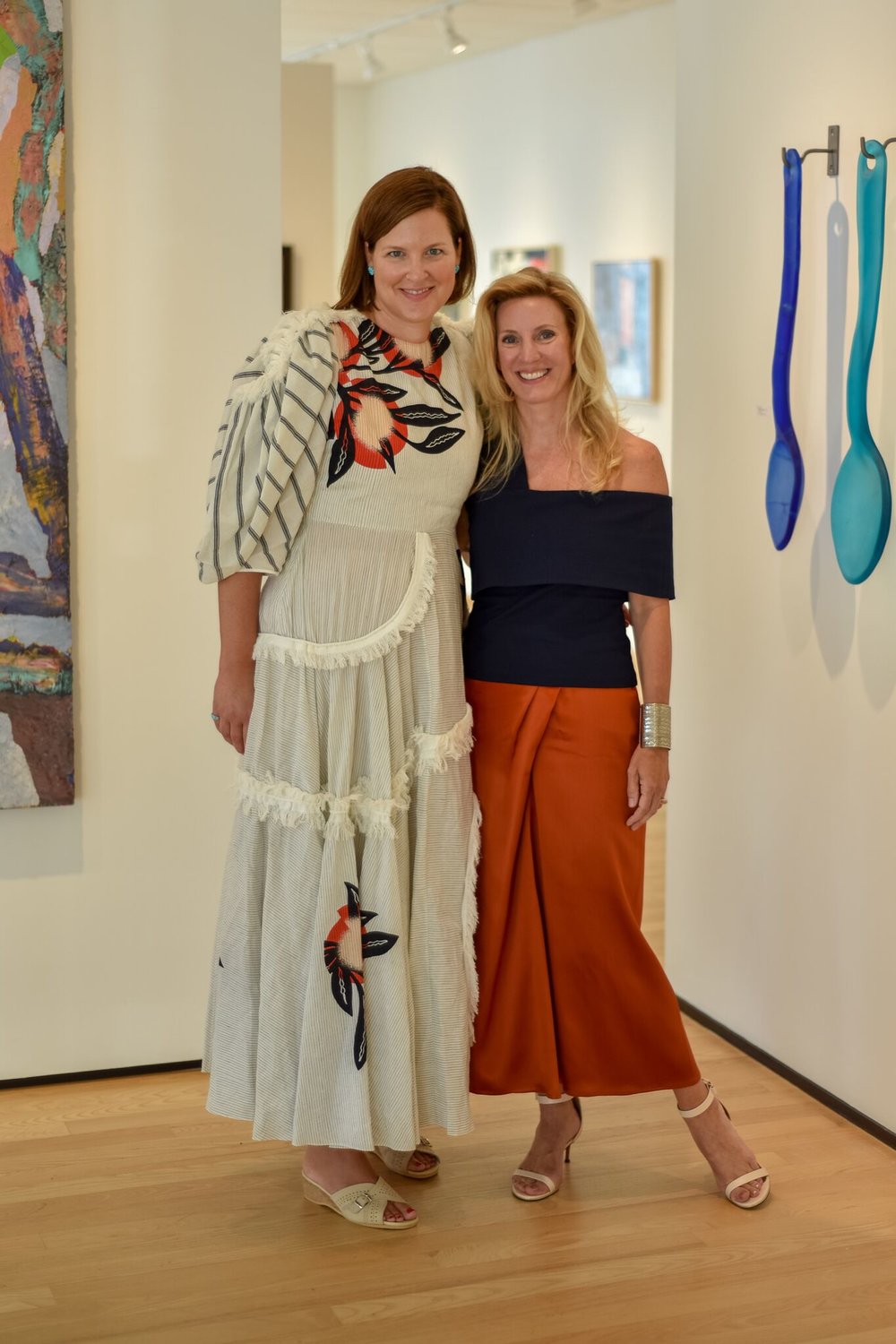
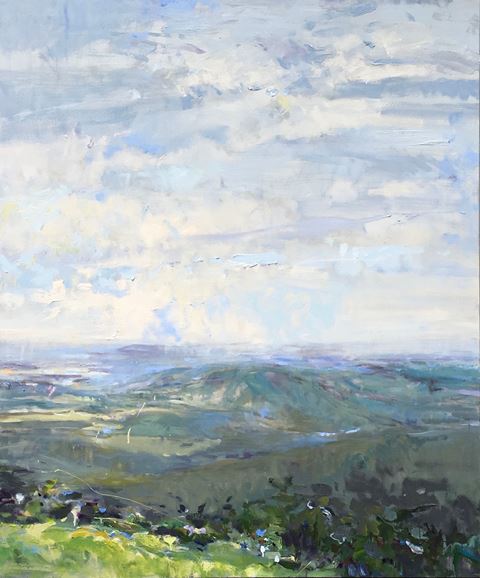
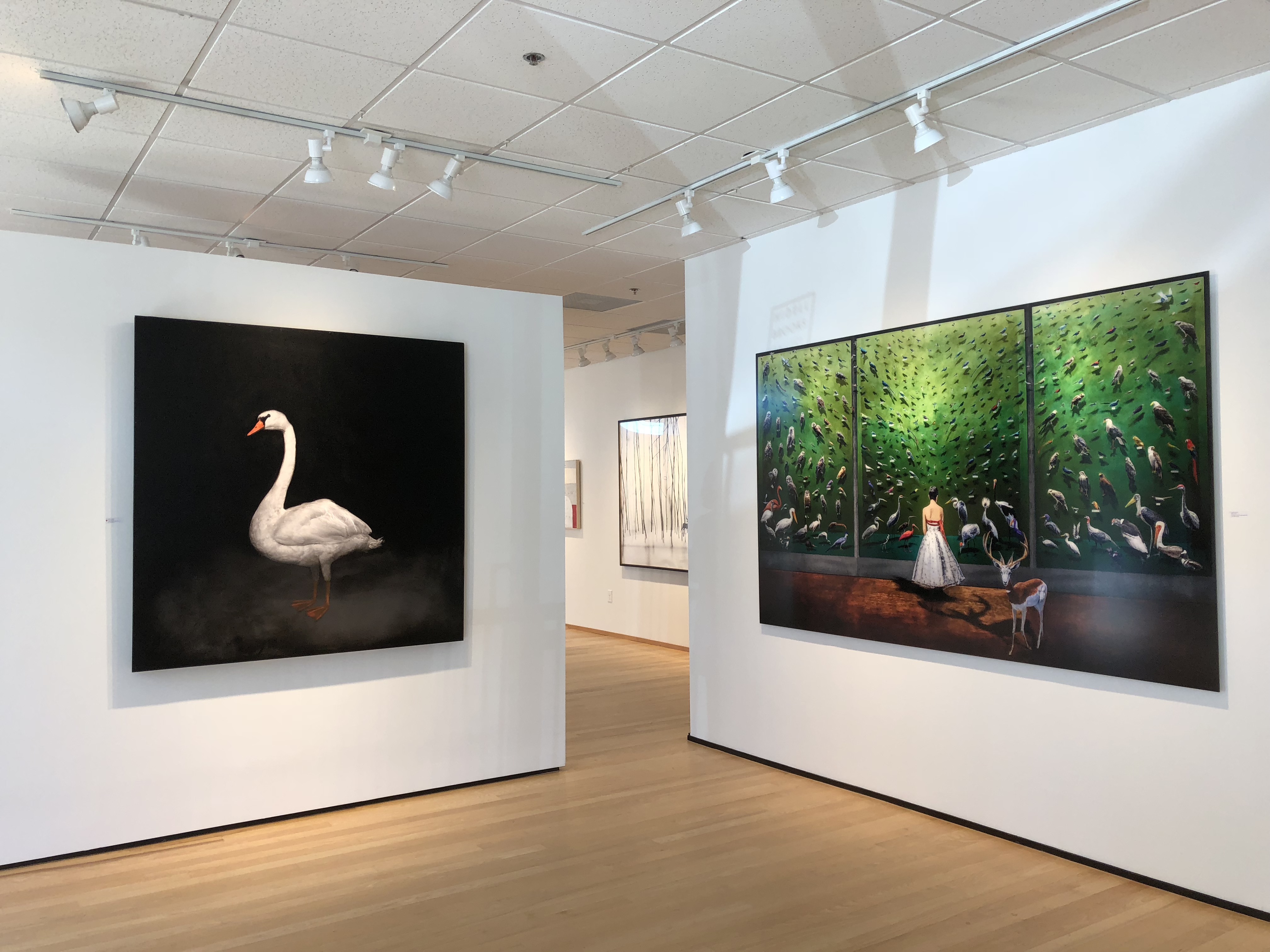
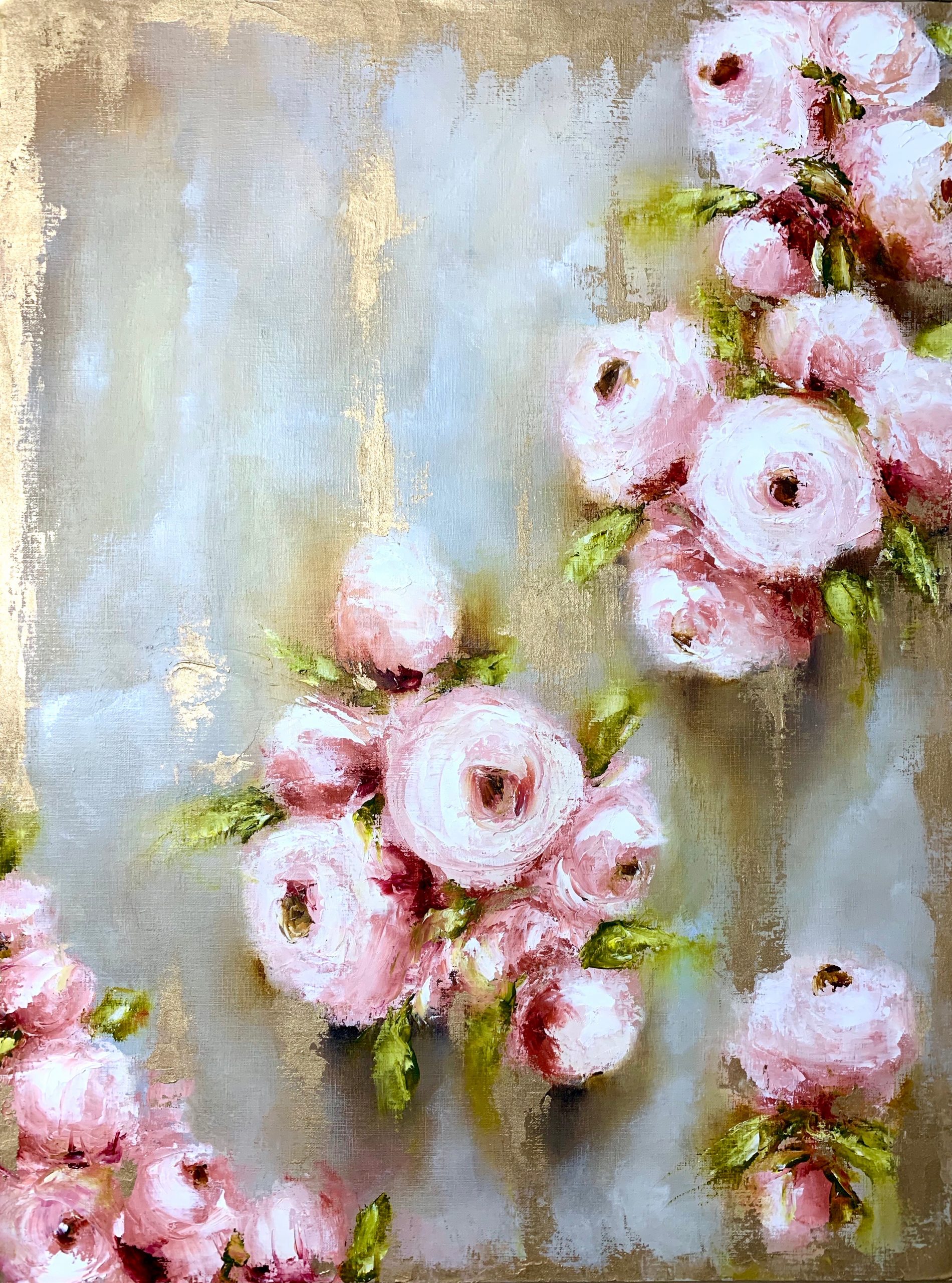
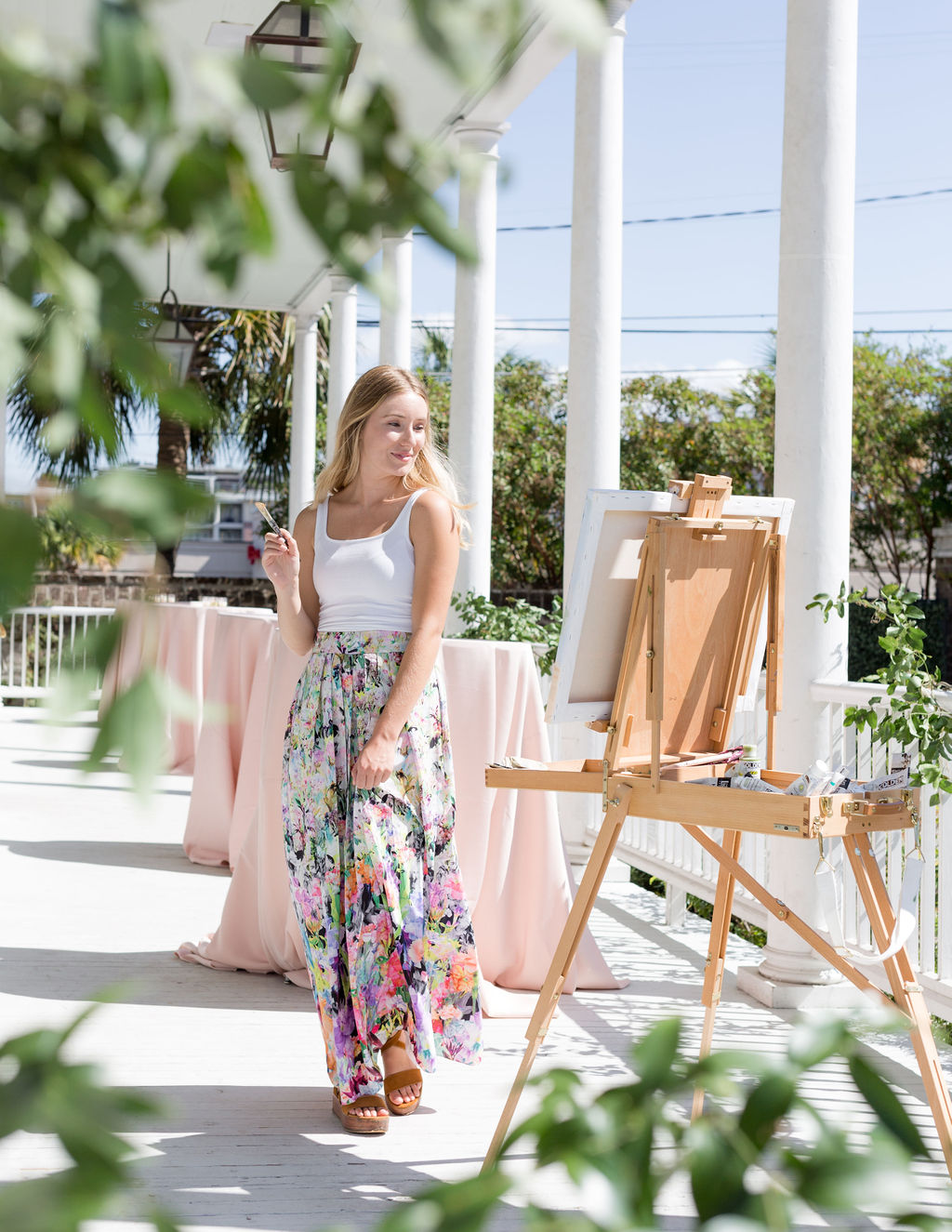
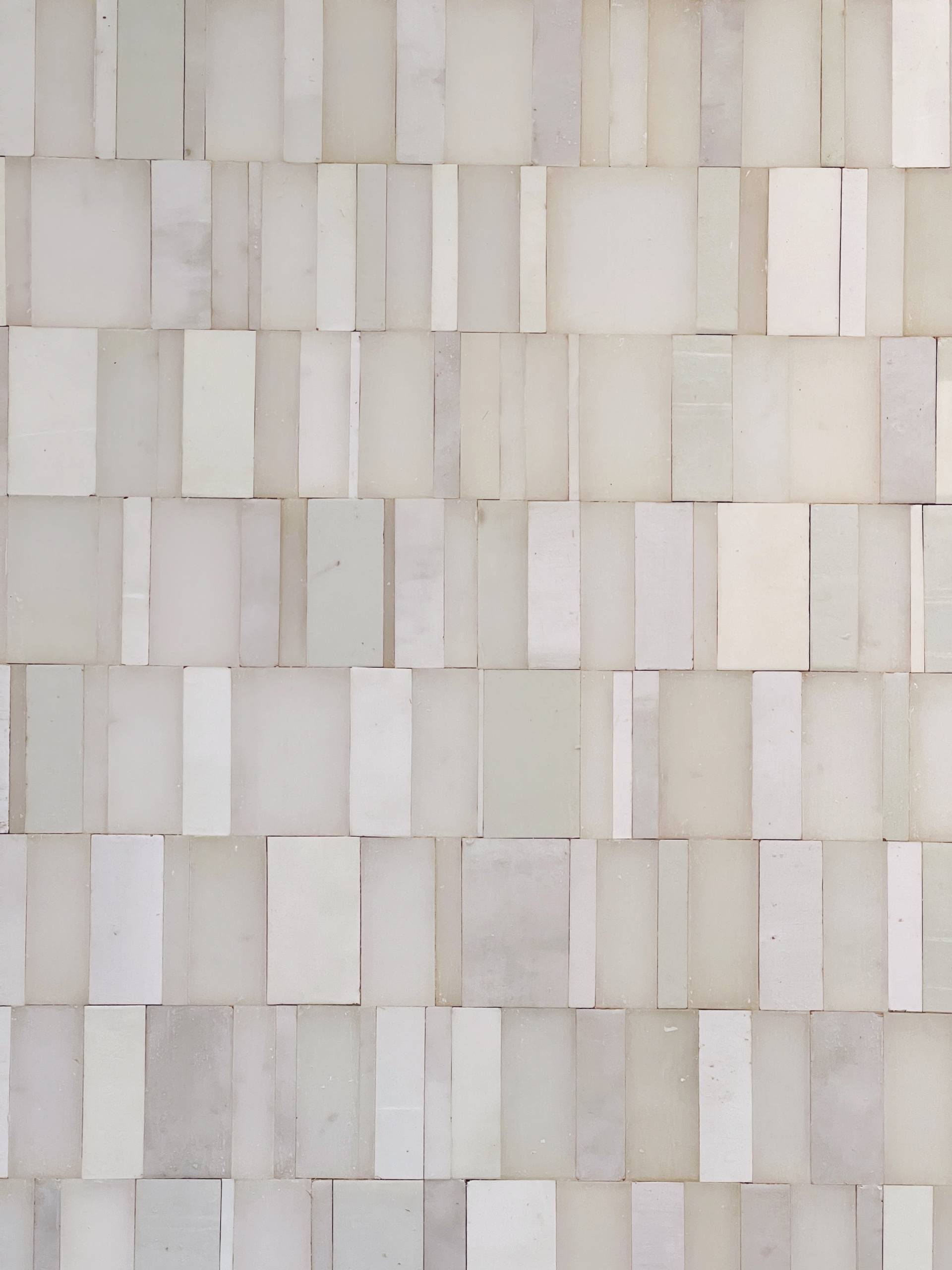
Beautiful interview and art works!